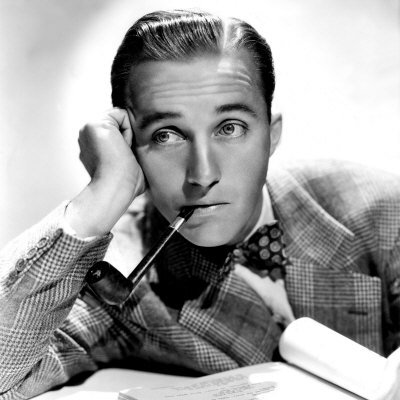Introduction to "I'll Be Seeing You" by Bing Crosby
In the annals of timeless music, "I'll Be Seeing You" by Bing Crosby holds a special place. This 1940s song, deeply entrenched in the fabric of classic American music, has mesmerized listeners for generations with its poignant lyrics and enchanting melody.
Cultural and Historical Context of the Song
Released during the tumultuous years of World War II, this song served as a beacon of hope and longing for many. Its heartfelt narrative of yearning for a loved one resonated with soldiers far from their homes and families. The track's cultural impact, therefore, extends beyond its musical brilliance, capturing the collective sentiment of an era marked by separation and uncertainty.
An Interesting Fact about "I'll Be Seeing You"
In a fascinating twist, "I'll Be Seeing You" was not originally intended to be a standalone song. It was part of the Broadway musical Right This Way, but gained immense popularity when sung by Bing Crosby. The song's success surpassed that of the musical itself, etching its place in the annals of history.
Cover Versions of the Track
The enduring appeal of "I'll Be Seeing You" is evident from the multitude of cover versions it has inspired. Iconic artists like Frank Sinatra, Billie Holiday, and more recently, Rod Stewart, have lent their distinctive interpretations to this piece, affirming its status as a perennial favorite in American music.
Why "I'll Be Seeing You" is Still Relevant
Decades after its release, the charm of this Bing Crosby classic remains undimmed. Its universal theme of longing and hope continues to resonate with audiences today, reminding us of the power of music to transcend time and circumstance. Whether as a nostalgic remembrance of the 1940s or a testament to enduring love, the relevance of this song is unwavering, proving that Bing Crosby's "I'll Be Seeing You" is indeed a timeless masterpiece.







Comments (0)